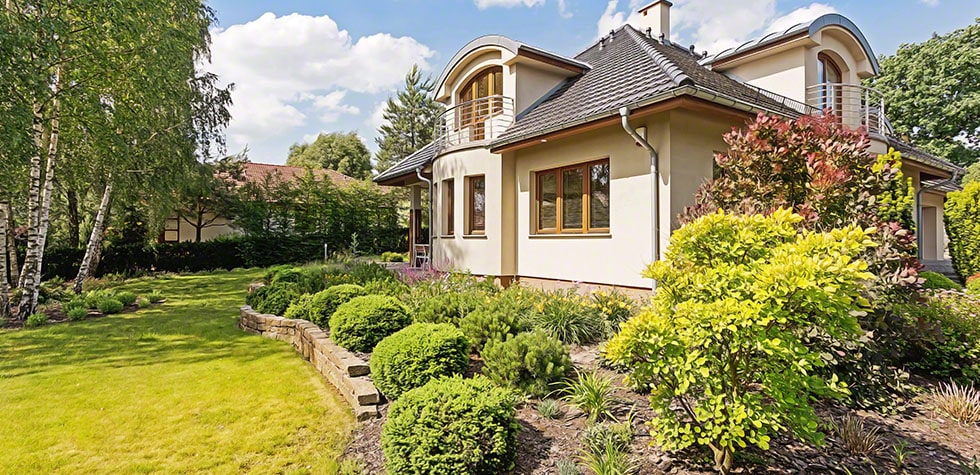What Is A Tree Risk Assessment And How To Do It

A tree risk assessment is a visual inspection of a tree performed by certified arborist services. The purpose of a tree risk assessment is to determine the likelihood of failure of branches or the whole tree. It is usually carried out when a tree needs to be removed. Let’s take a deeper look into what […]